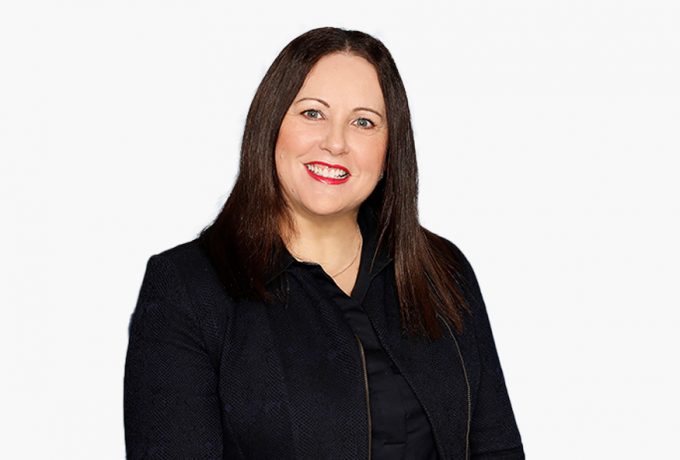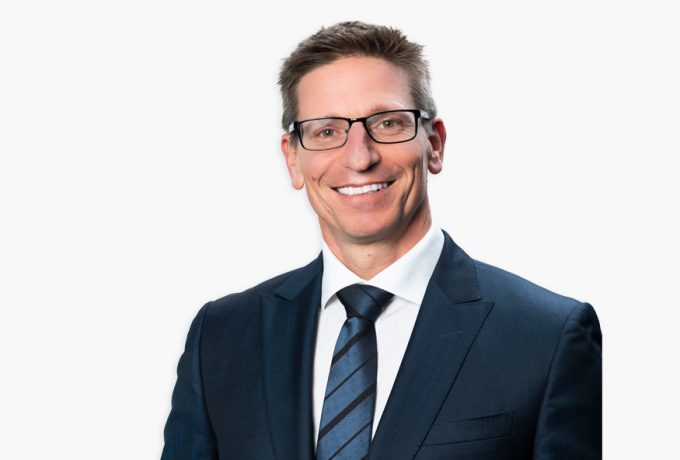
In February 2022, we surveyed senior professionals at not-for-profit organisations to develop a deep understanding of the sector. In this article, you’ll discover the top priorities for NFPs when managing capital reserves.
Survey findings at a glance
Top priorities for managing capital reserves:
- 76% say responding to low return environment
- 69% says managing liquidity given uncertainty
- 47% say positioning reserves to minimise impact of market declines
- 41% say incorporating ESG considerations
Priorities for managing capital reserves
A focus on managing liquidity, downside risks and responding to expected lower long-term returns for invested capital suggests a re-basing of priorities following the COVID-19 pandemic.
Organisations have become more sensitive to ensuring liquidity is available and downside risks are managed, whilst paradoxically the expectation of sustained low interest rates has seen many contemplating investing in more risky assets to target higher returns, accepting the commensurate volatility.
For some NFPs, the initial impacts of COVID-19 saw a simultaneous freezing of traditional income sources, the prospect of increased demand for services, and capital reserves/investments (held ready to meet such needs) in freefall, creating an almost perfect storm.
From our observations, this has caused many to reconsider their existing investment policy, to consider how they can be better positioned to respond to future shocks.
Whilst this theoretically would drive an increased liquidity buffer in portfolios, those charged with investment oversight have also faced the unenviable task of balancing this objective, with the prospect of needing to take on more investment risk to potentially maintain historical returns.
Participants of the survey rated responding to the expected low return environment as their top priority. This is understandable as investment consultants around the world have pointed to the prospect of rising interest rates and lower growth creating return headwinds for a range of investment markets.
As such, investment committees have needed to either accept the prospect of lower returns or become more accepting of investment risk.
Somewhat surprisingly, NFPs placed the need to upskill boards or investment committees to efficiently oversee financial reserves as a lower priority, indicating those surveyed felt they had the right skill matrix in governance roles relating to overseeing capital reserves.
Another interesting observation was that despite the very high-profile escalation of ESG awareness, respondents indicated ESG considerations were important, but less so than delivering on financial expectations. Elsewhere in the survey, responses pointed to the belief that there was often a trade-off between applying ESG factors and returns.
What this means for you
When overseeing management of capital reserves, NFP organisations should:
- Ensure forward budgets are communicated with those who oversee the investment capital reserves, to ensure sufficient liquidity to meet any operational needs.
- Make sure potential short, medium and long term calls on the reserves are accounted for in the investment That is, future liability matching should be undertaken so budgeted needs are reflected in the investment approach undertaken. This will provide assurance to lenders and other parties regarding financial stability.
- Reset expectations regarding future returns, given the expected lower return environment. For those seeking to maintain returns, care is needed to ensure the level of risk undertaken reflects the capacity of the organisation to withstand short to medium term losses. Scepticism is warranted where investments are promoted offering returns that seem unrealistic, given prevailing market conditions.
- Ensure the risk profile reflects the organisation’s appetite and financial needs and is not a reflection of the personal preferences of the Investment Committee or Board. This is important to invoke stakeholder trust and confidence.
Return to the not-for-profit survey insights hub here.










